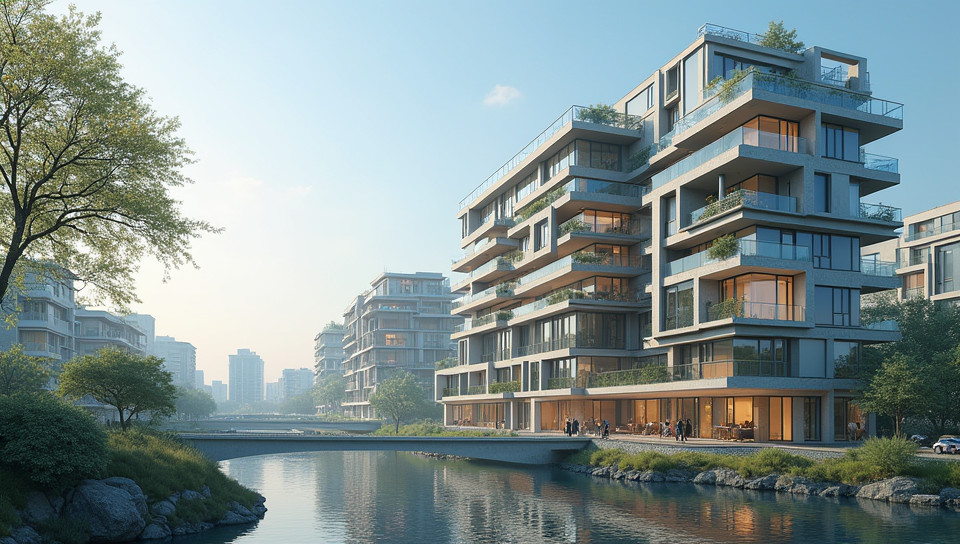Energy consumption increases with building size and occupancy 85%

The Unseen Cost of Building Size and Occupancy: Understanding Energy Consumption
As we continue to urbanize and build more structures, it's essential to acknowledge the unintended consequences of our construction endeavors. One critical aspect that often gets overlooked is energy consumption. Buildings, particularly large ones with high occupancy rates, tend to consume significantly more energy than their smaller counterparts. This phenomenon has far-reaching implications for both our environment and our wallets.
The Relationship Between Building Size and Energy Consumption
Research suggests that building size is a significant predictor of energy consumption. Larger buildings require more materials, systems, and infrastructure, all of which contribute to increased energy demands. A study by the U.S. Green Building Council found that commercial buildings with larger floor areas tend to consume 2-3 times more energy than smaller ones.
Occupancy Rates and Energy Consumption
Occupancy rates also play a crucial role in determining energy consumption. Buildings with higher occupancy rates require more lighting, heating, cooling, and other services, which can lead to substantial increases in energy usage. For example:
- Higher occupant density leads to increased lighting demands
- More people mean more computers, printers, and other equipment using power
- Occupants' personal habits, such as keeping lights on or using air conditioning excessively, also contribute to higher energy consumption
- Building maintenance and operations can also be impacted by occupancy rates, leading to additional energy usage
The Consequences of Increased Energy Consumption
The consequences of increased energy consumption are multifaceted. Not only do larger buildings with high occupancy rates contribute to greenhouse gas emissions, but they also place a significant burden on our infrastructure and economy.
- Higher energy demands lead to increased strain on power grids, potentially resulting in brownouts or blackouts
- The production and transportation of energy resources required by large buildings can have negative environmental impacts, including pollution and resource depletion
- As energy costs rise, businesses and individuals may face higher operational expenses, potentially affecting economic stability
Conclusion
As we move forward with urban development and construction projects, it's essential to acknowledge the relationship between building size, occupancy rates, and energy consumption. By understanding these interconnected factors, we can work towards creating more sustainable, efficient, and environmentally conscious buildings that benefit both our communities and the planet.
Implementing strategies such as:
- Designing buildings for optimal energy efficiency
- Promoting occupant awareness and behavior change
- Investing in renewable energy sources and on-site power generation
can help mitigate the negative impacts of increased energy consumption. By taking proactive steps, we can create a more sustainable future for generations to come.
- Created by: Diego Carrillo
- Created at: Jan. 28, 2025, 12:38 p.m.
- ID: 19327









